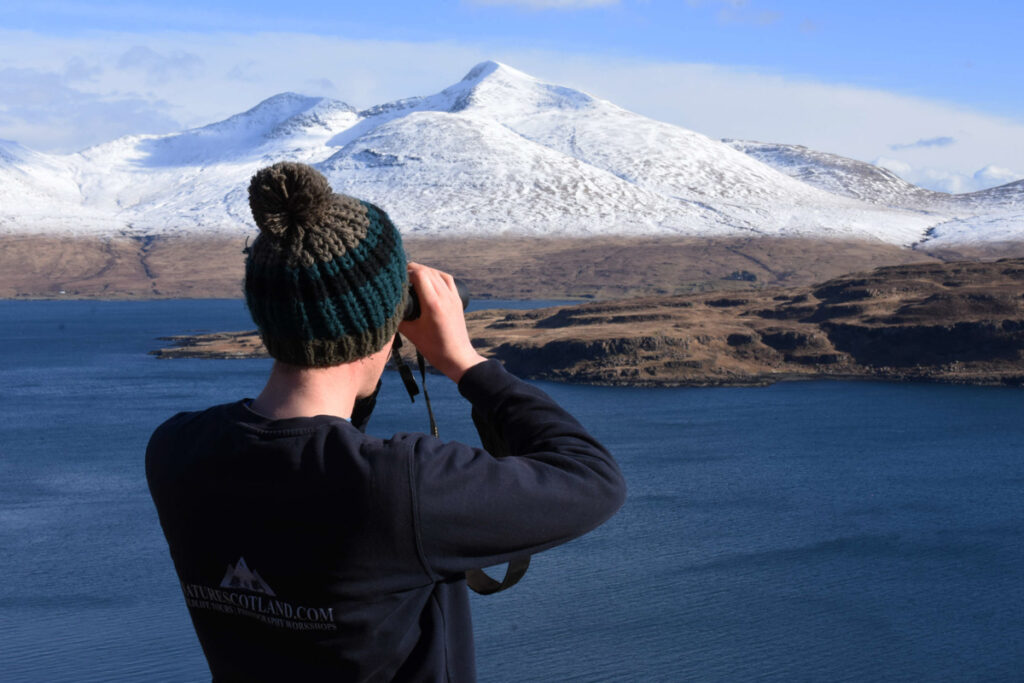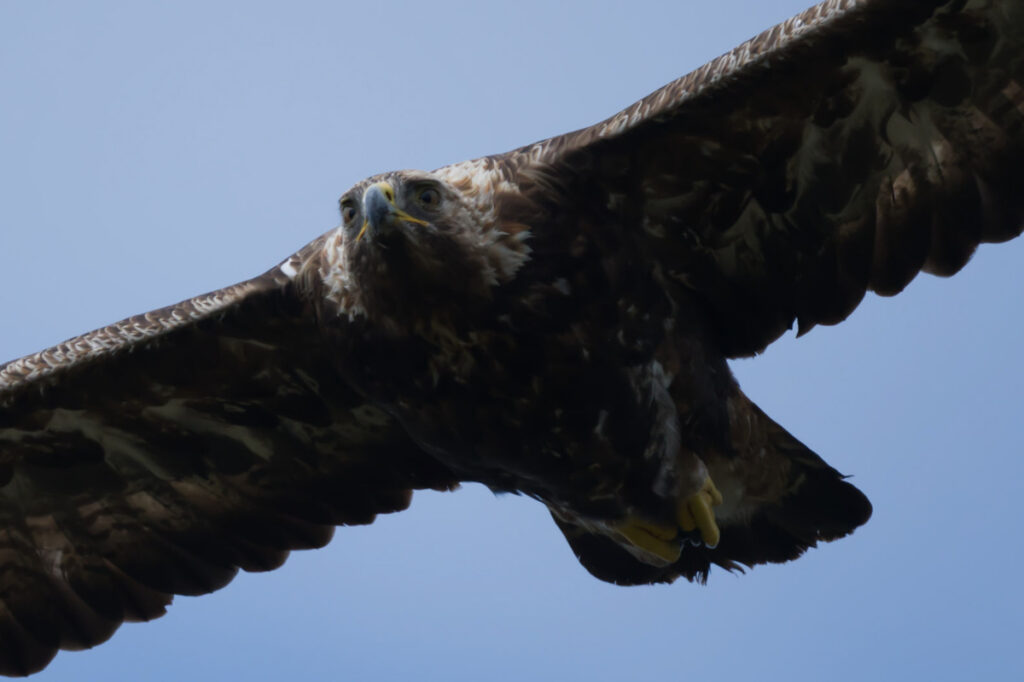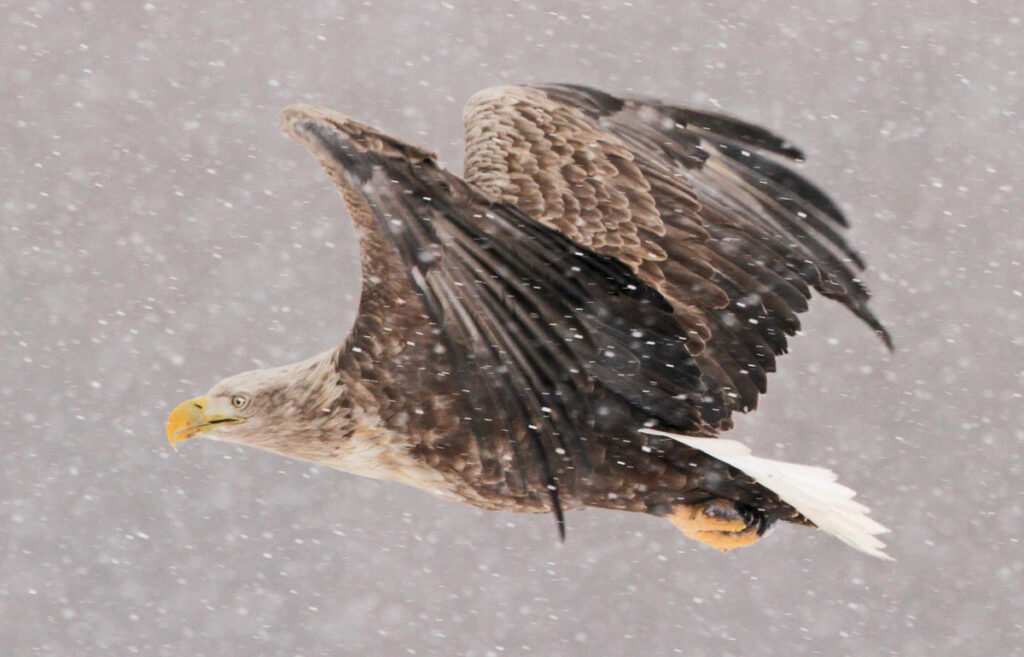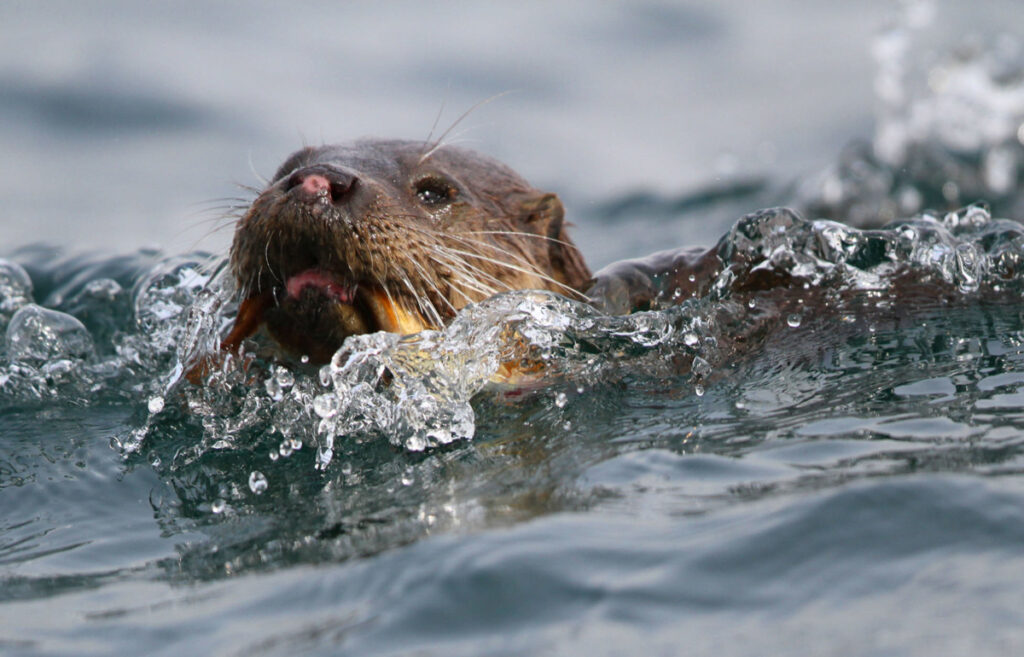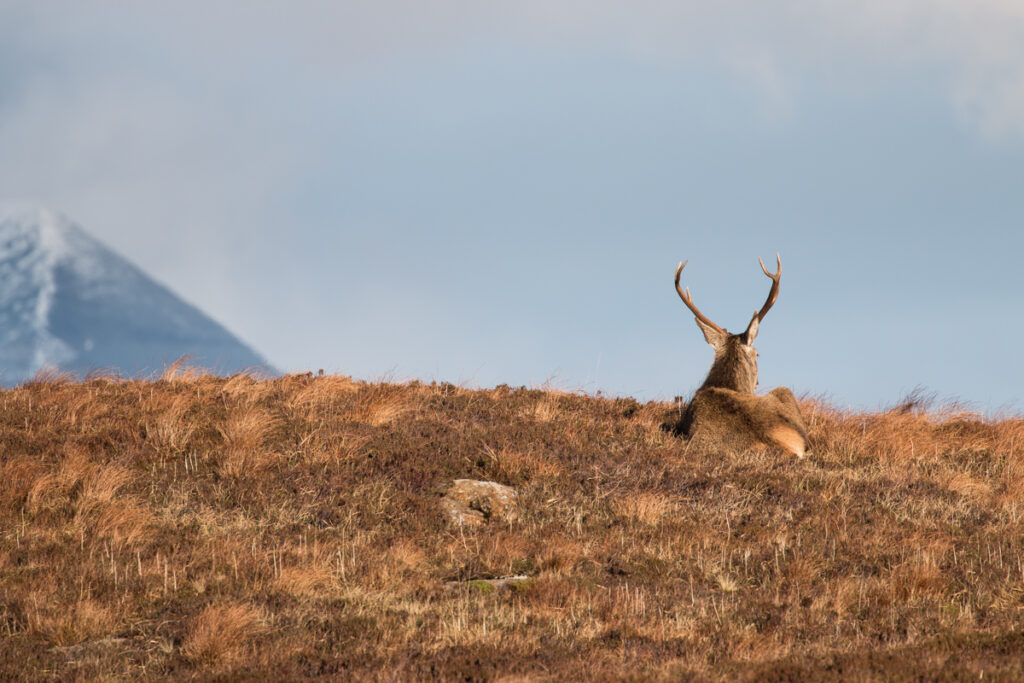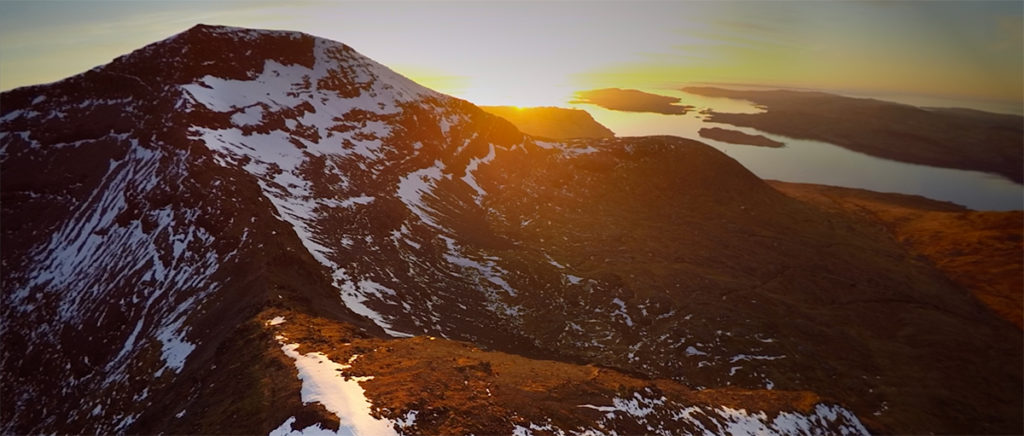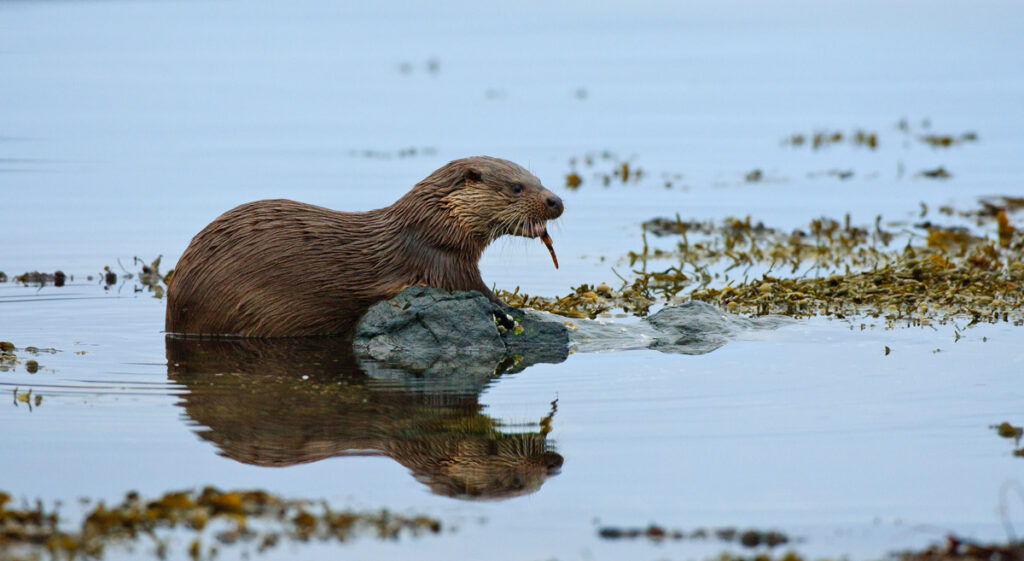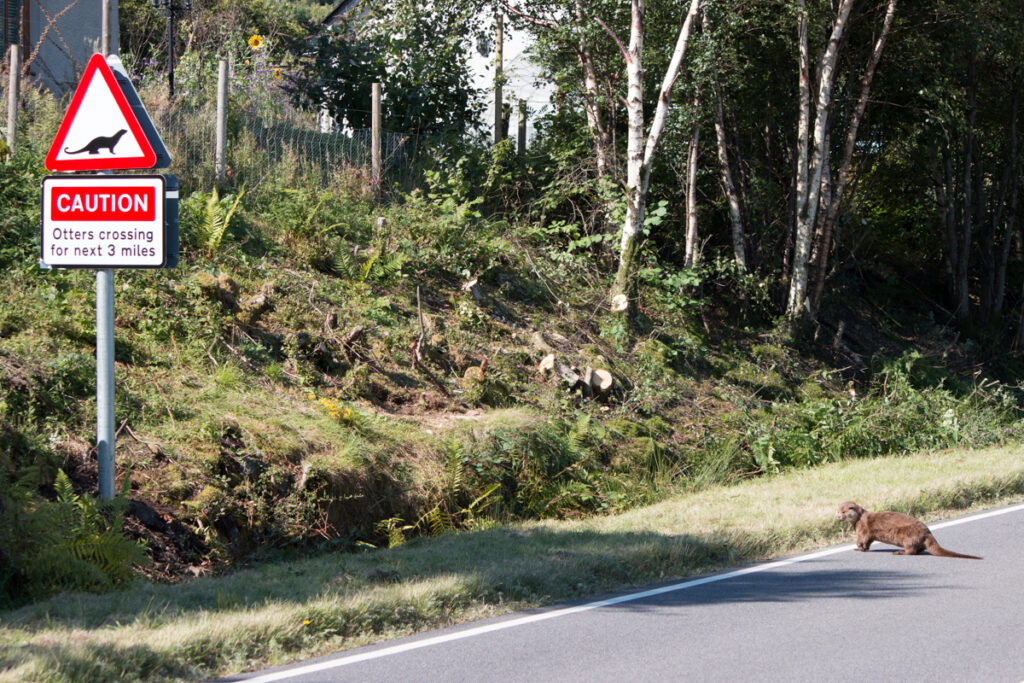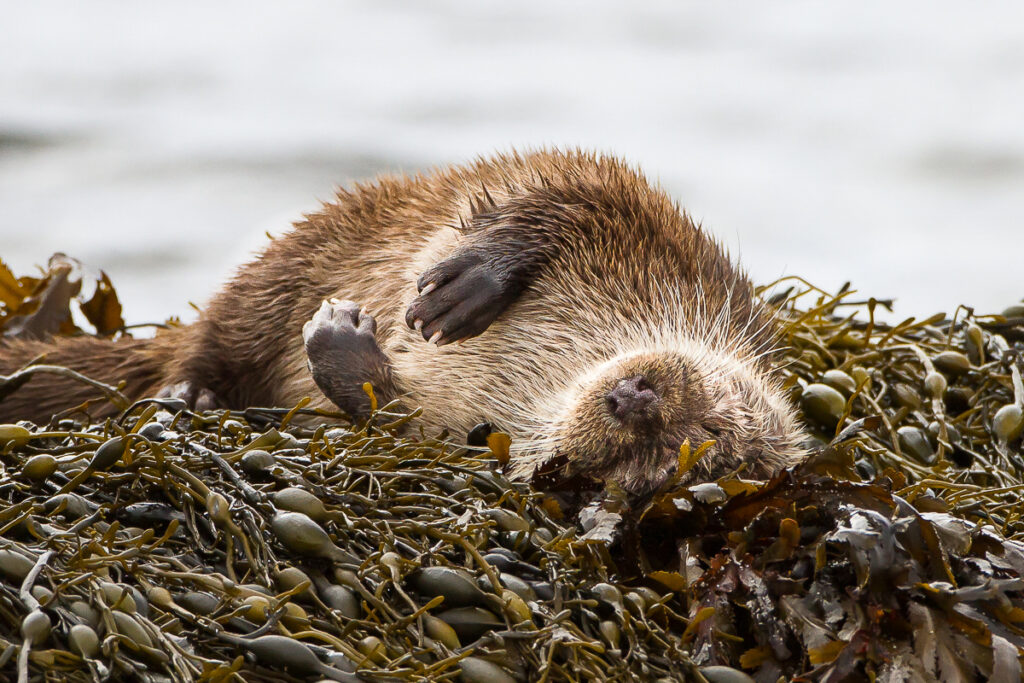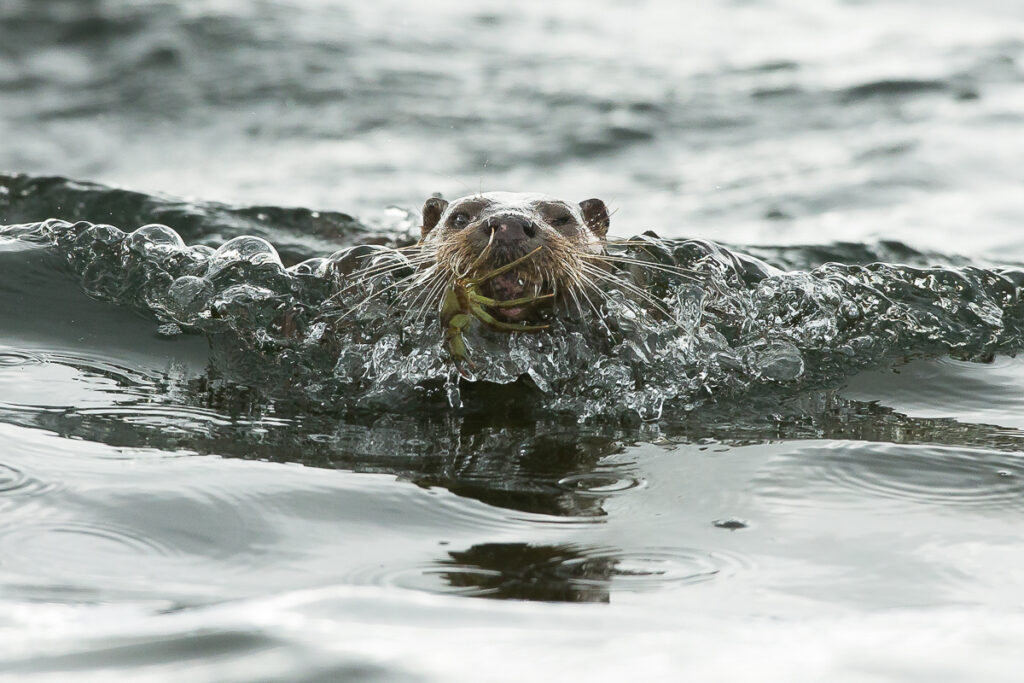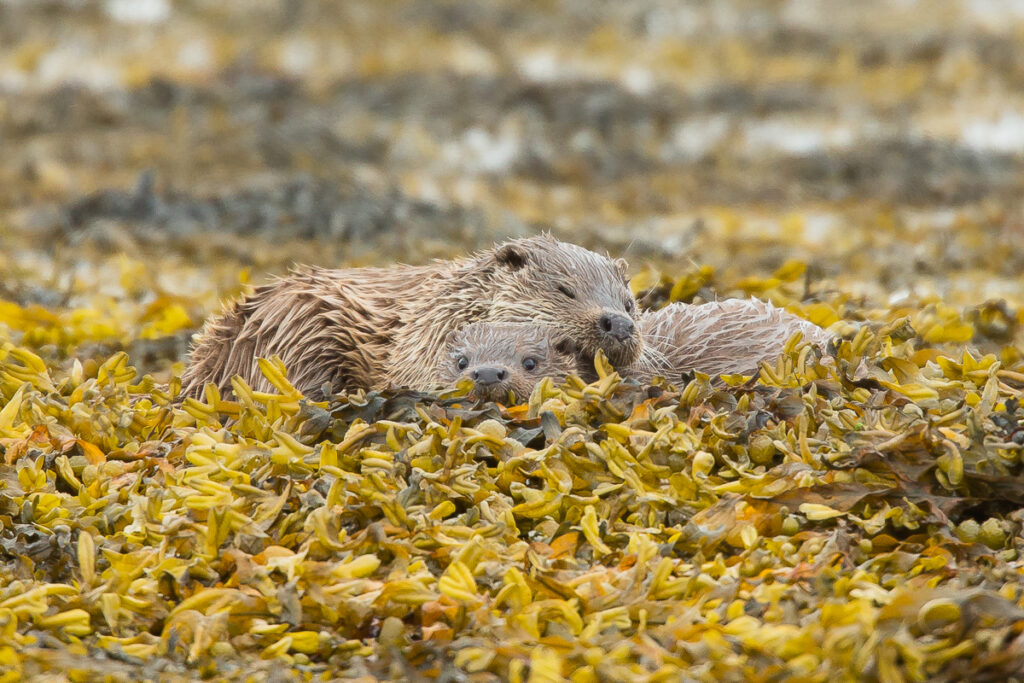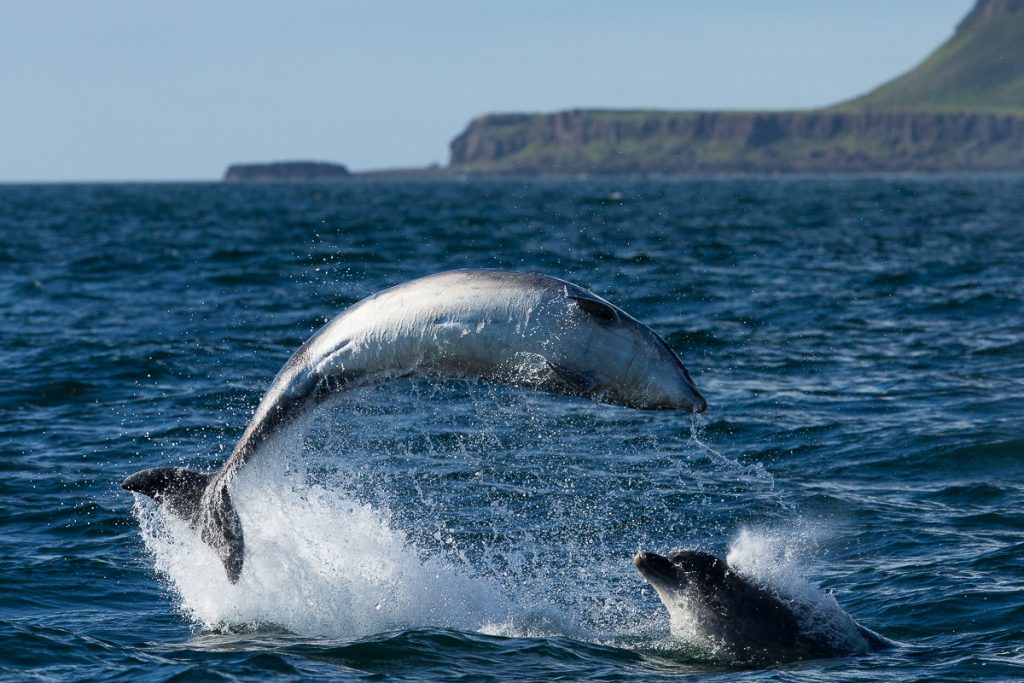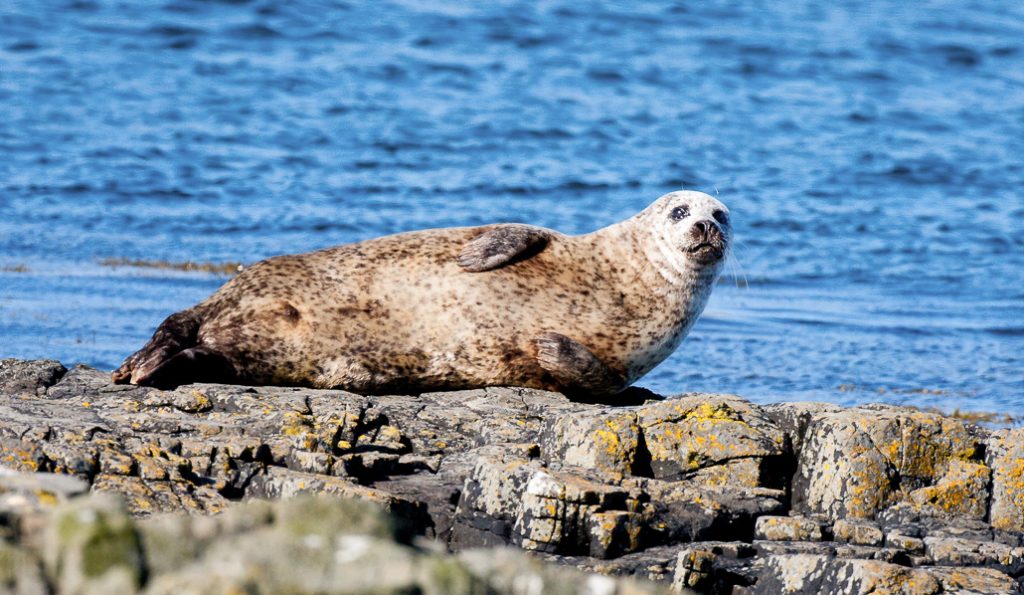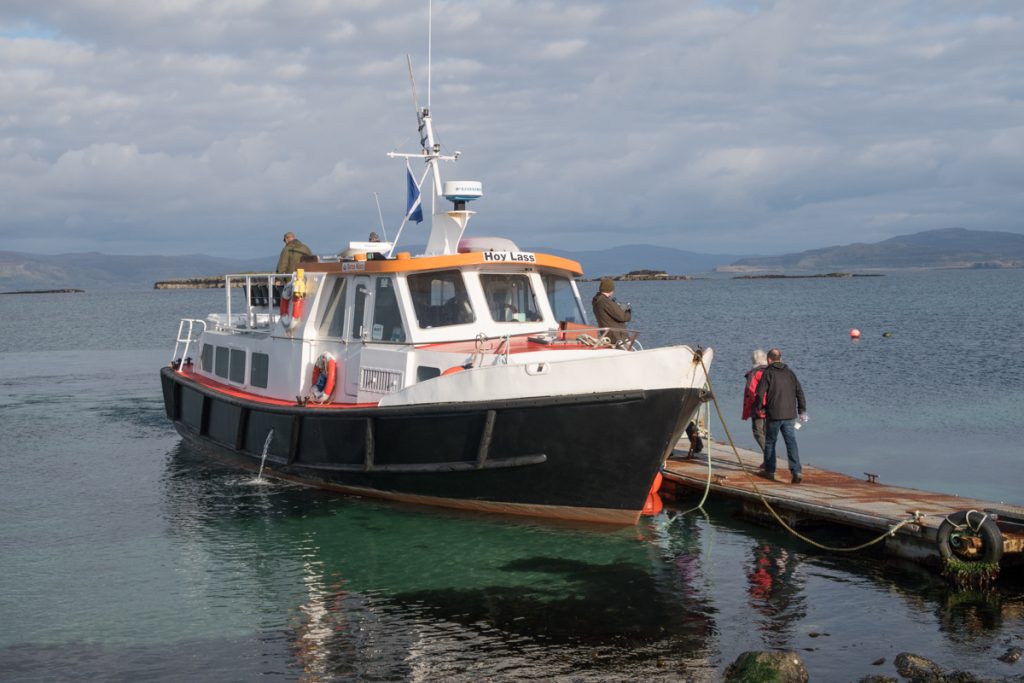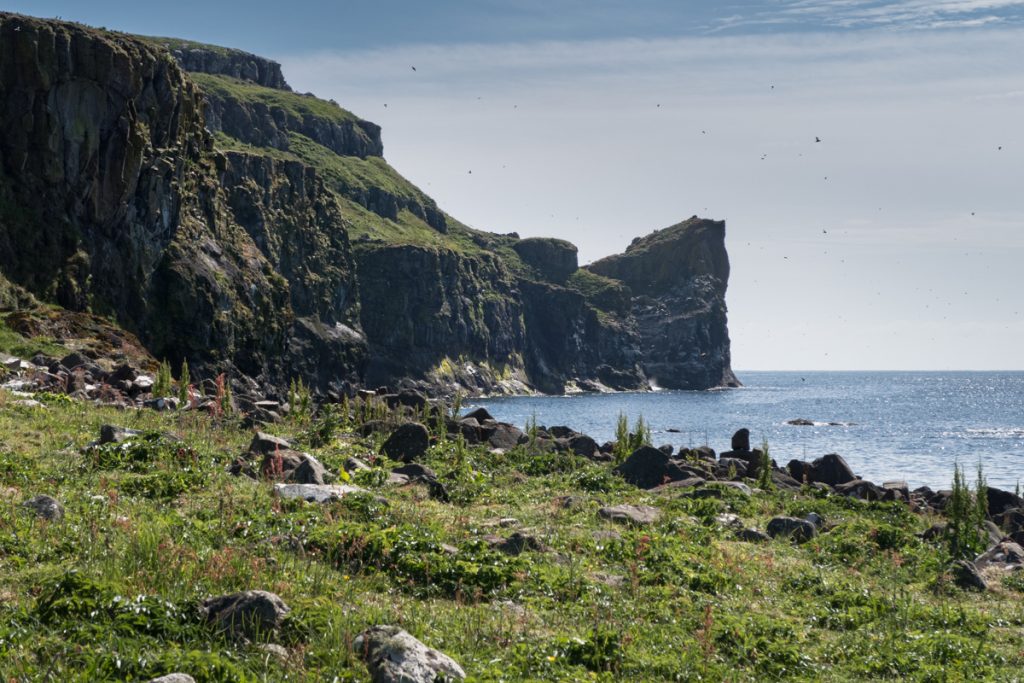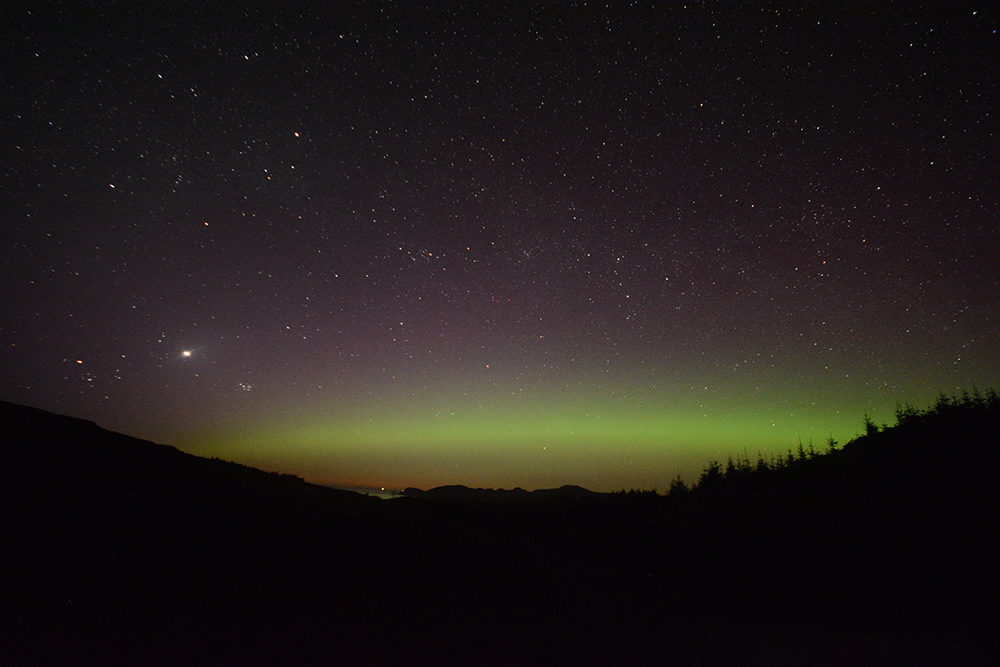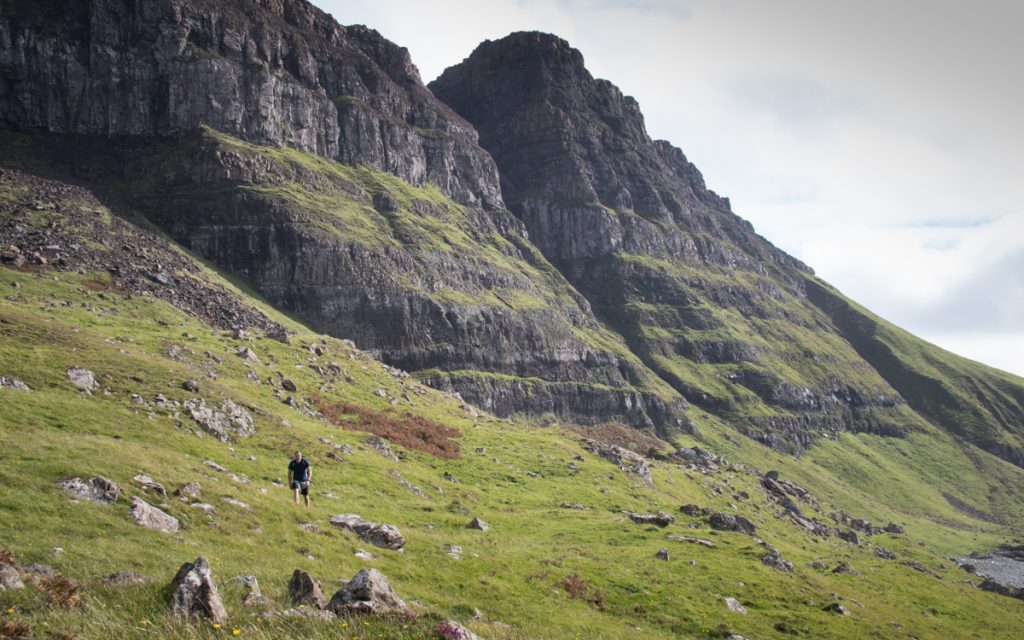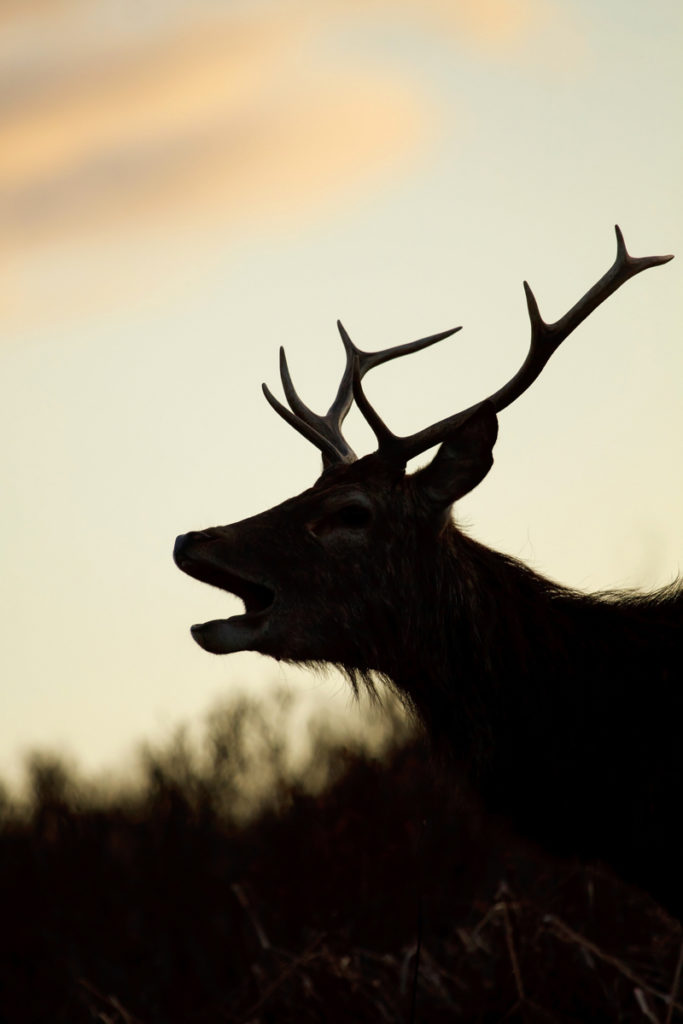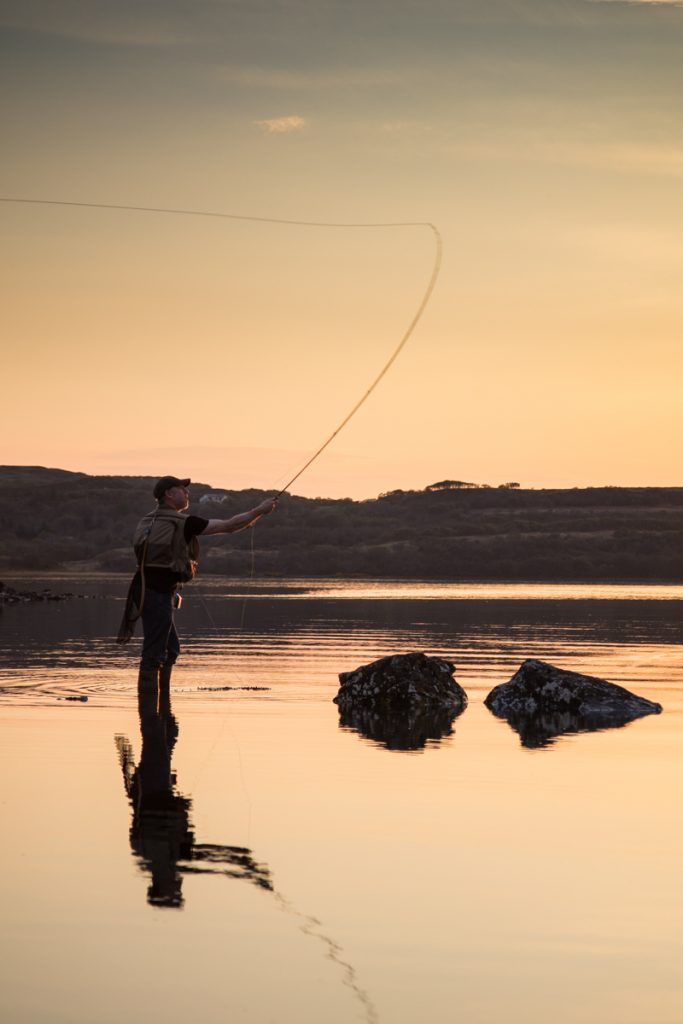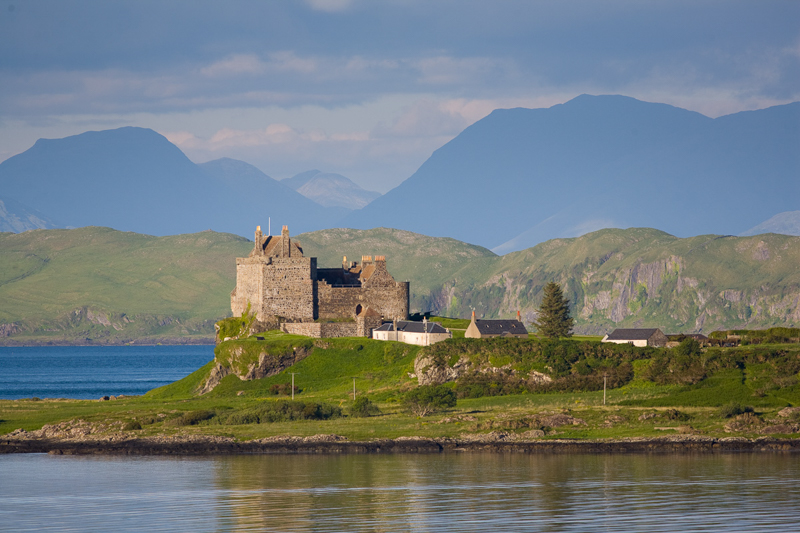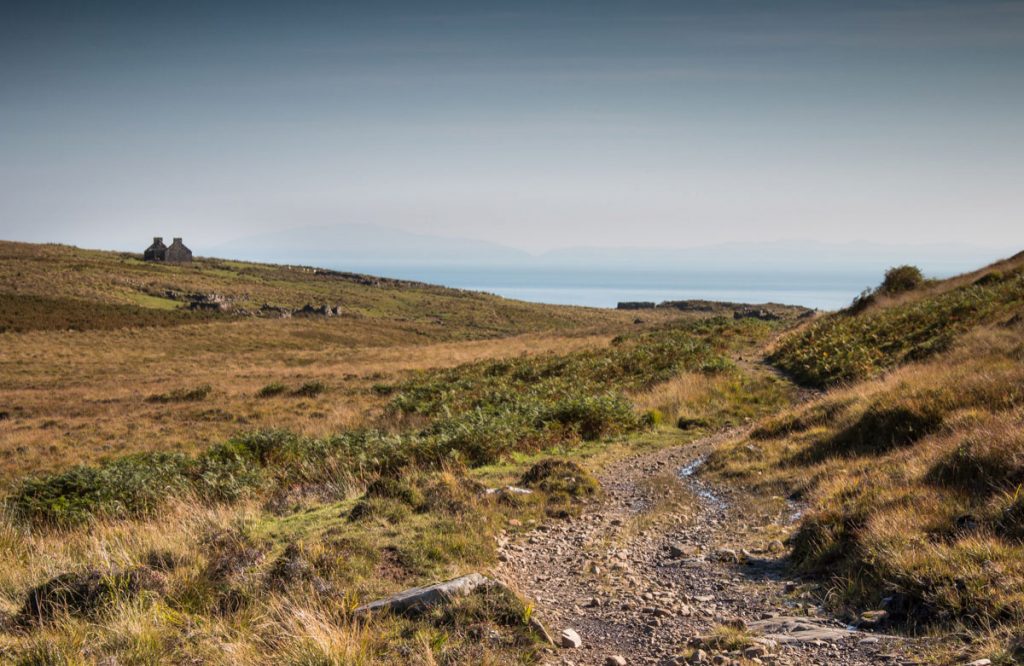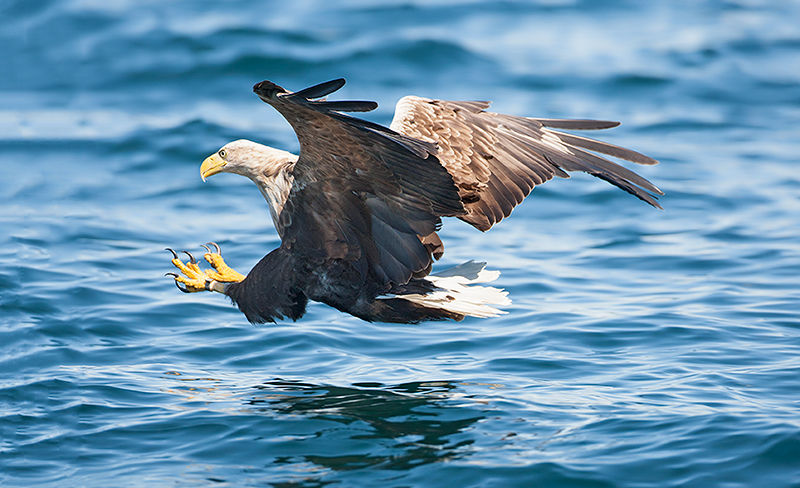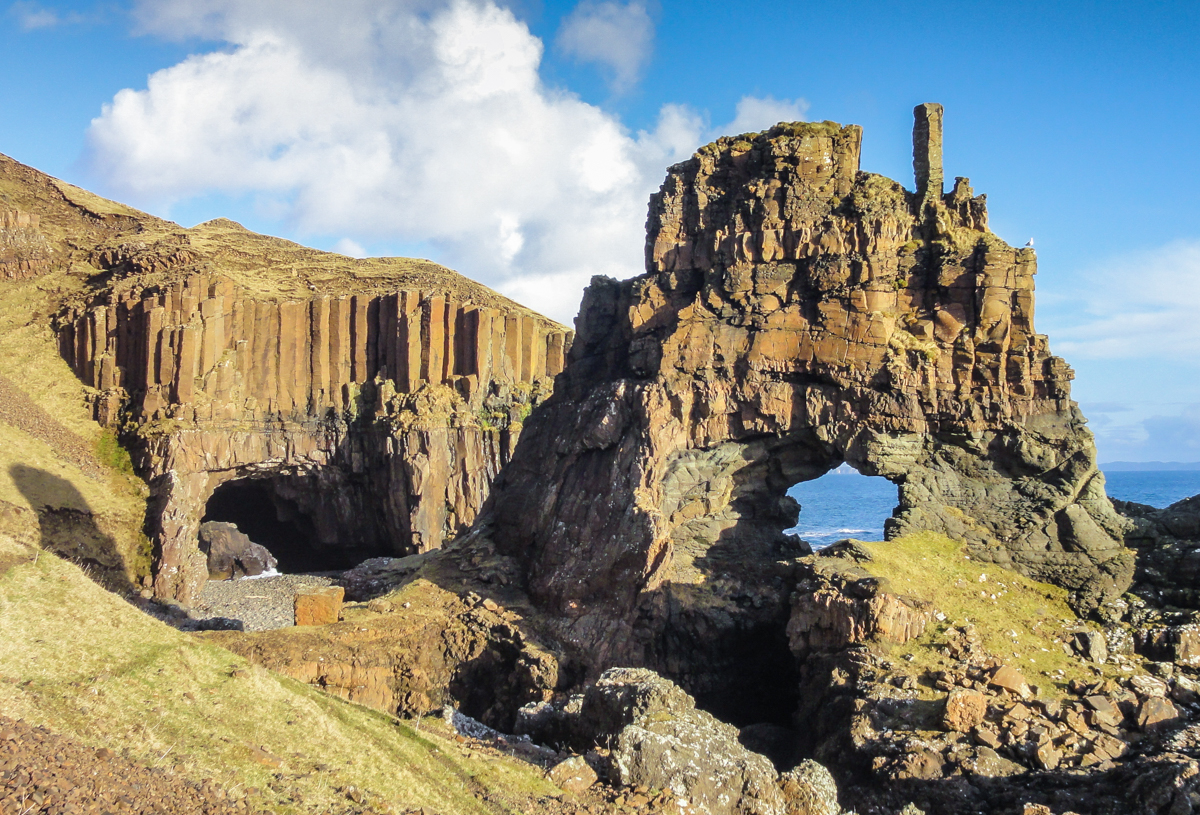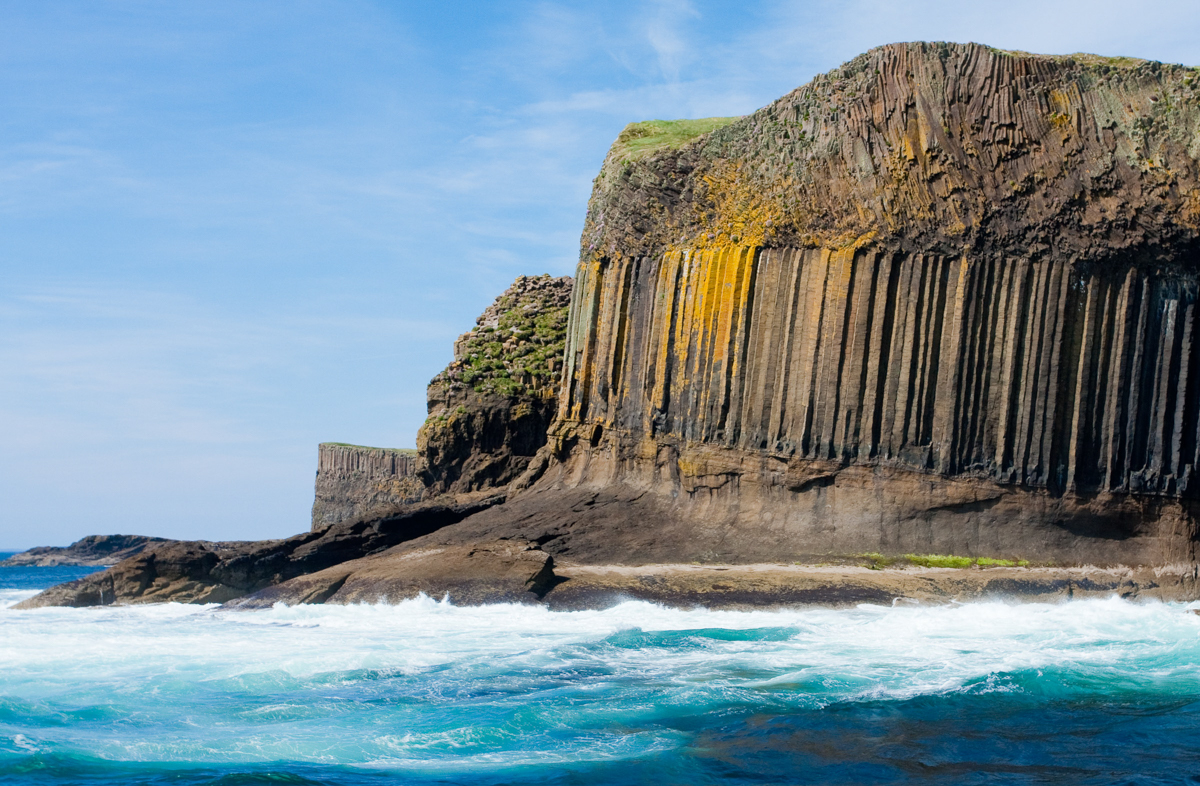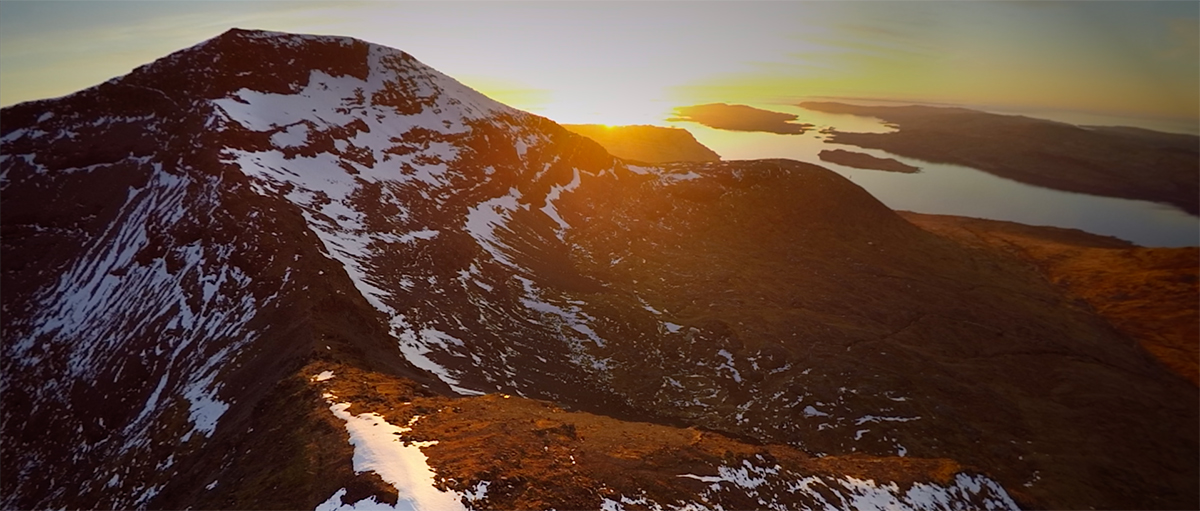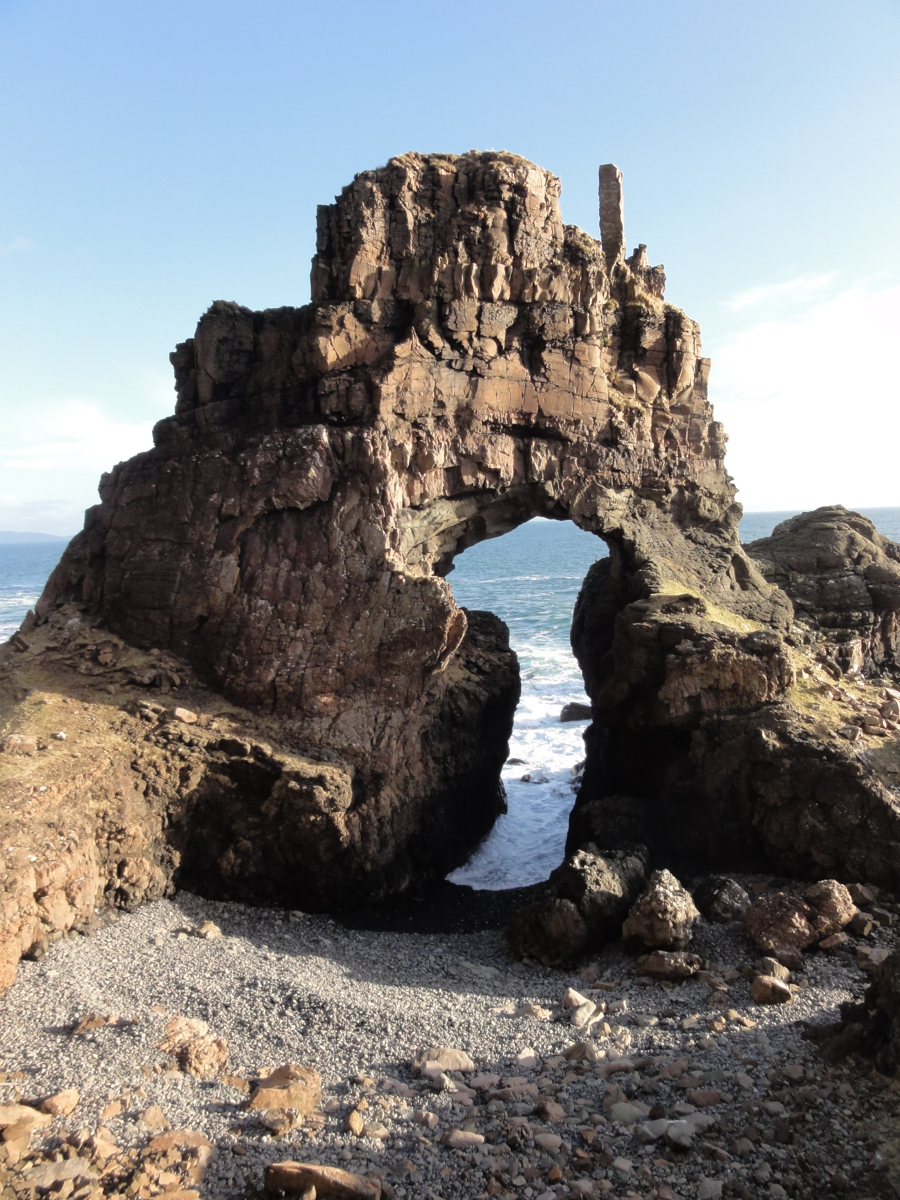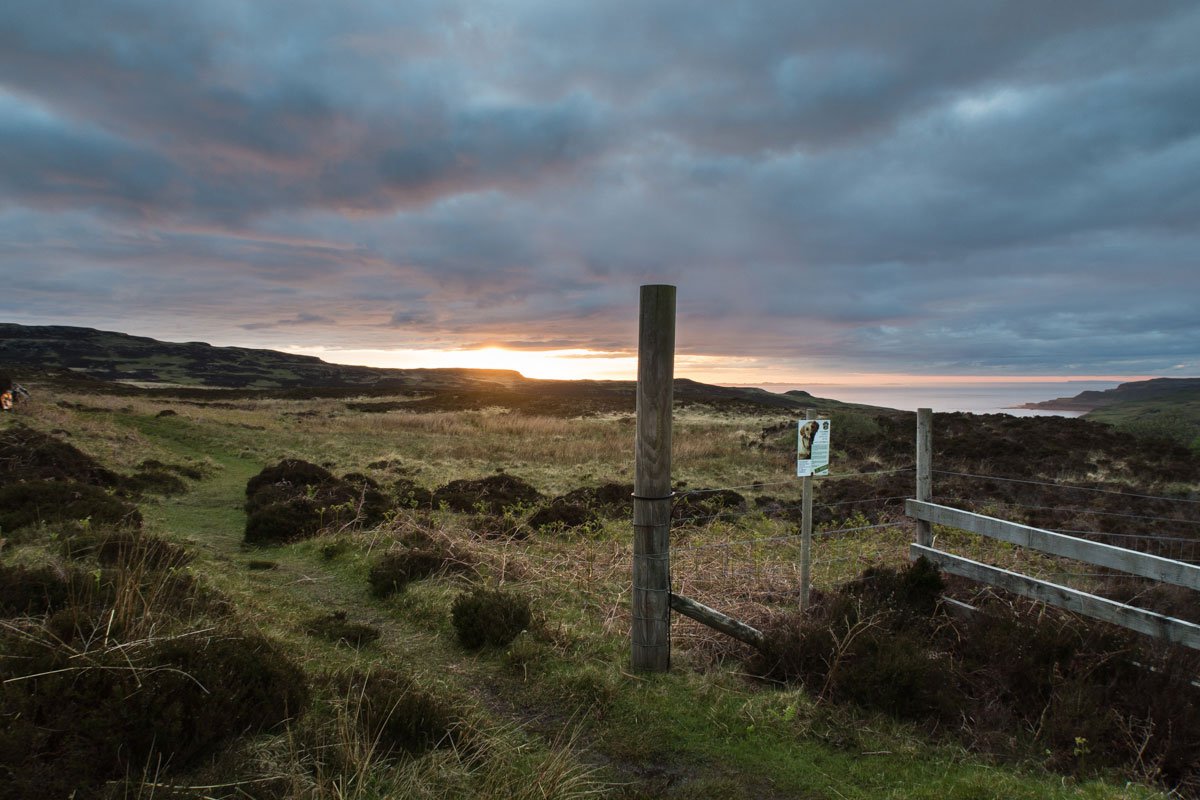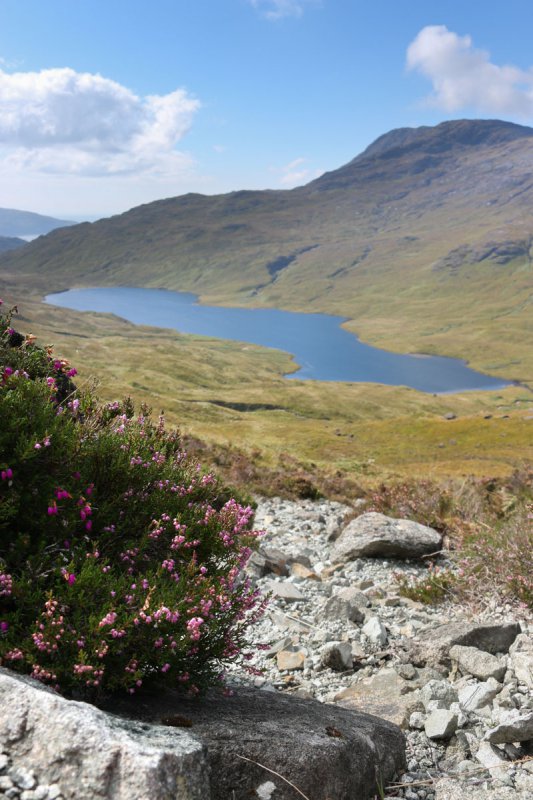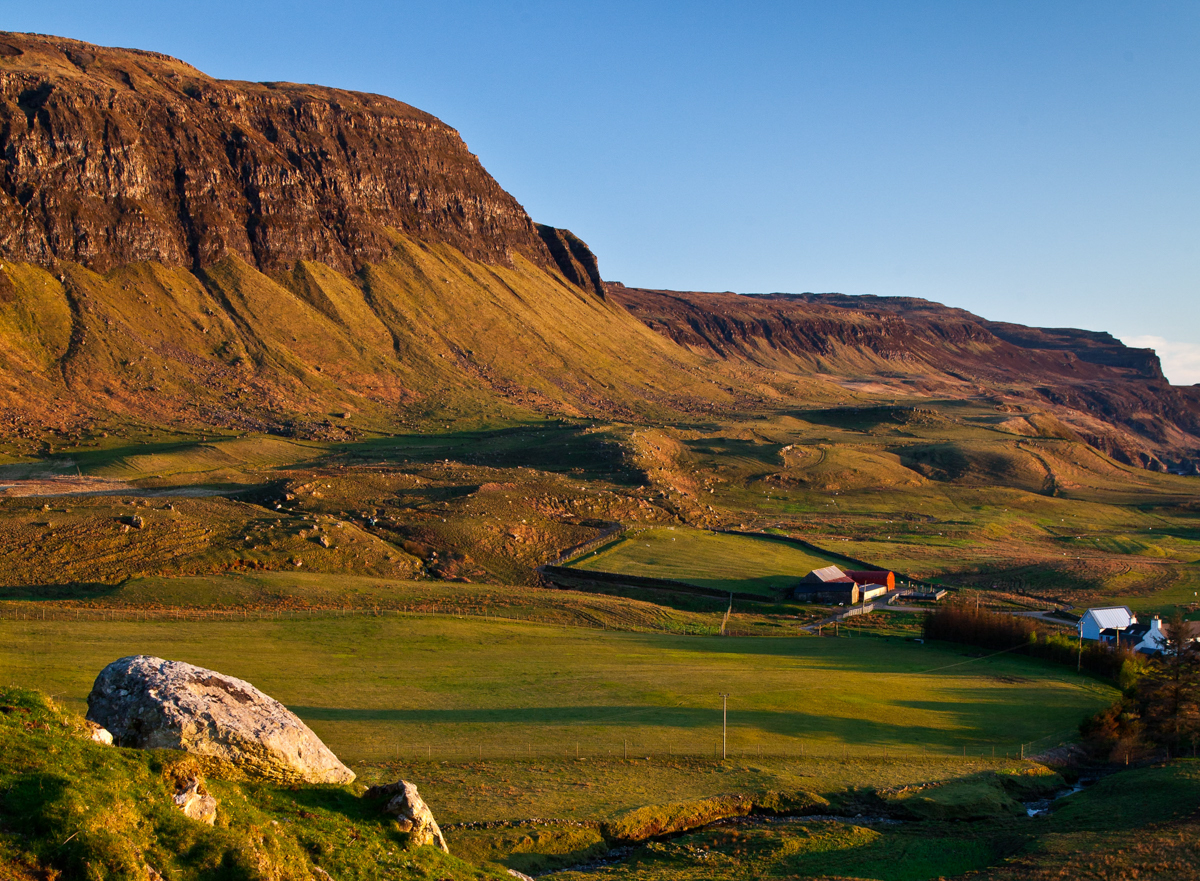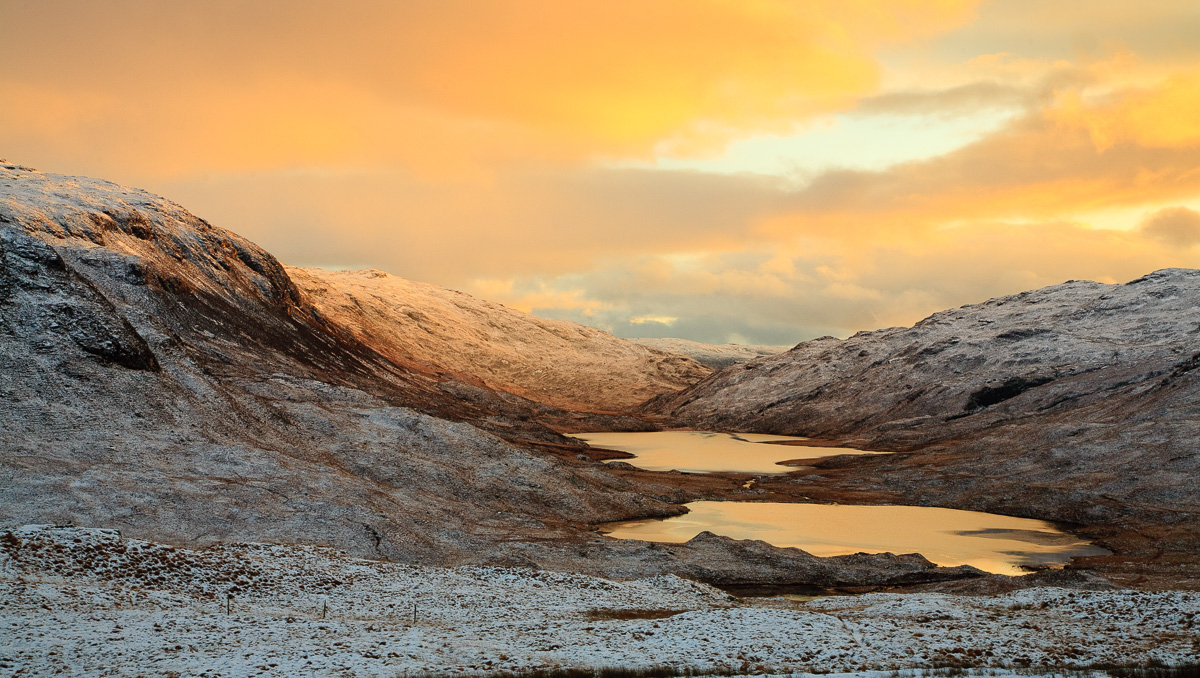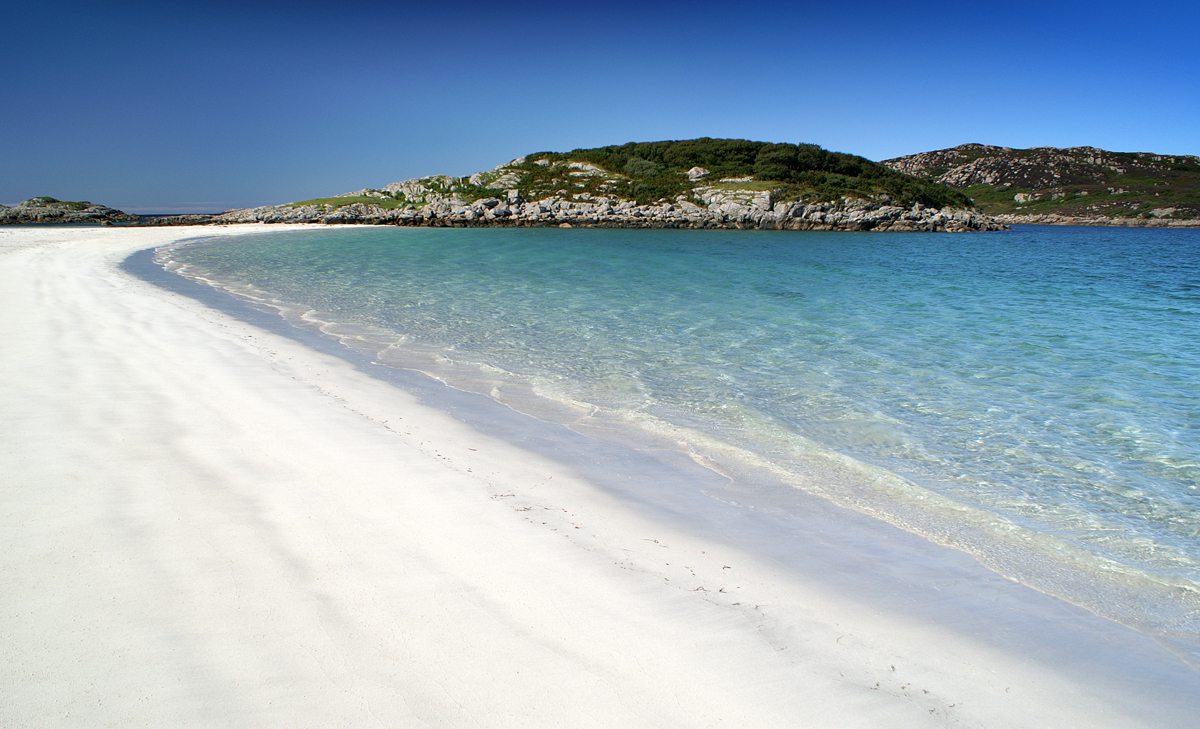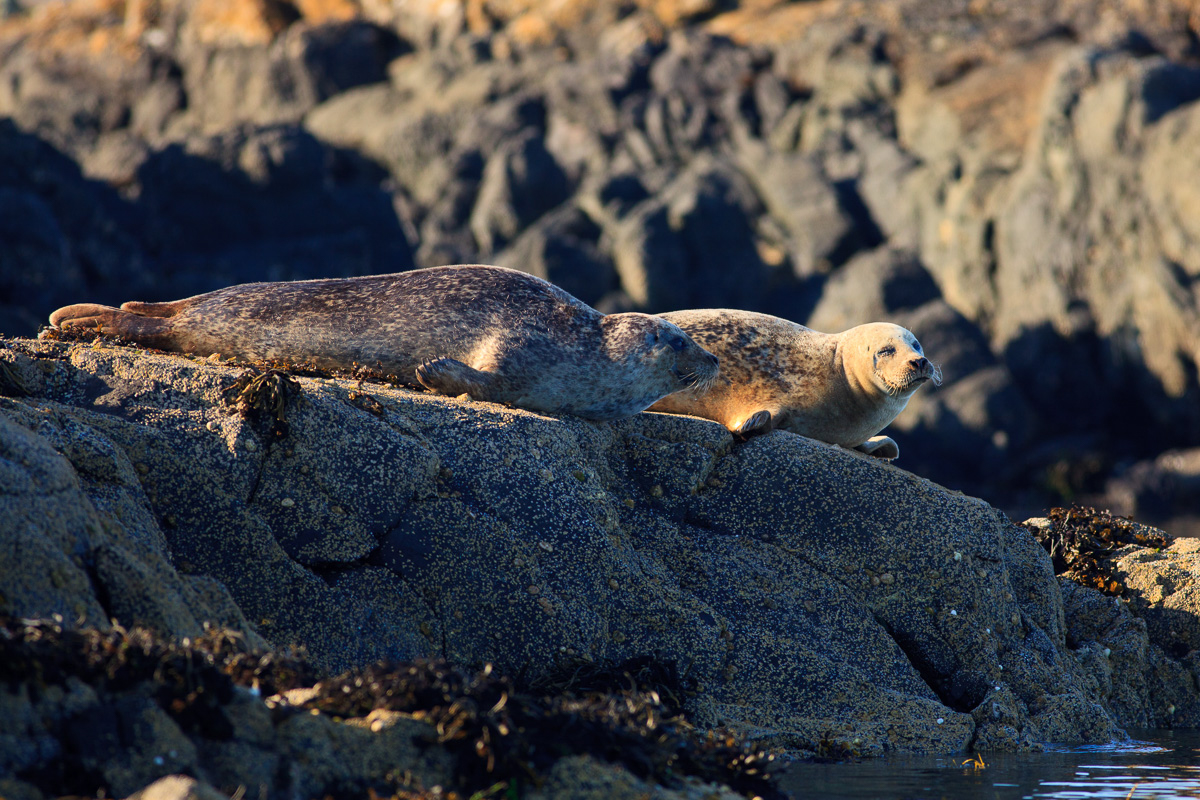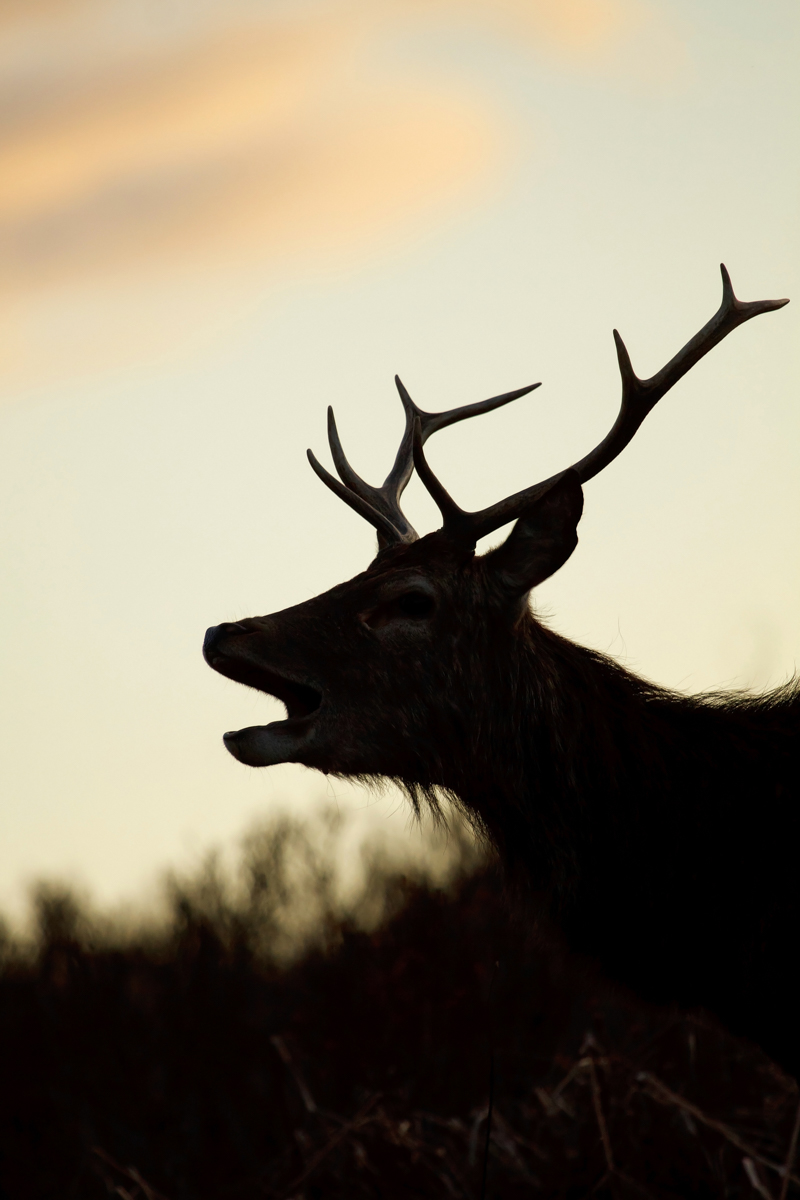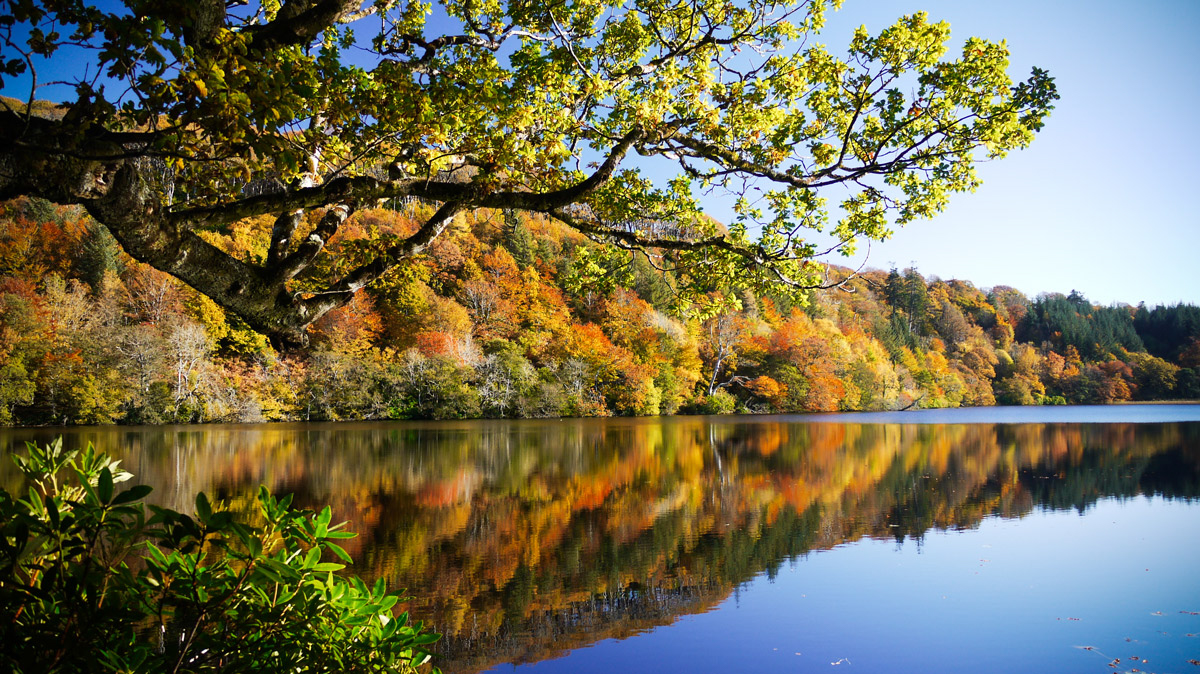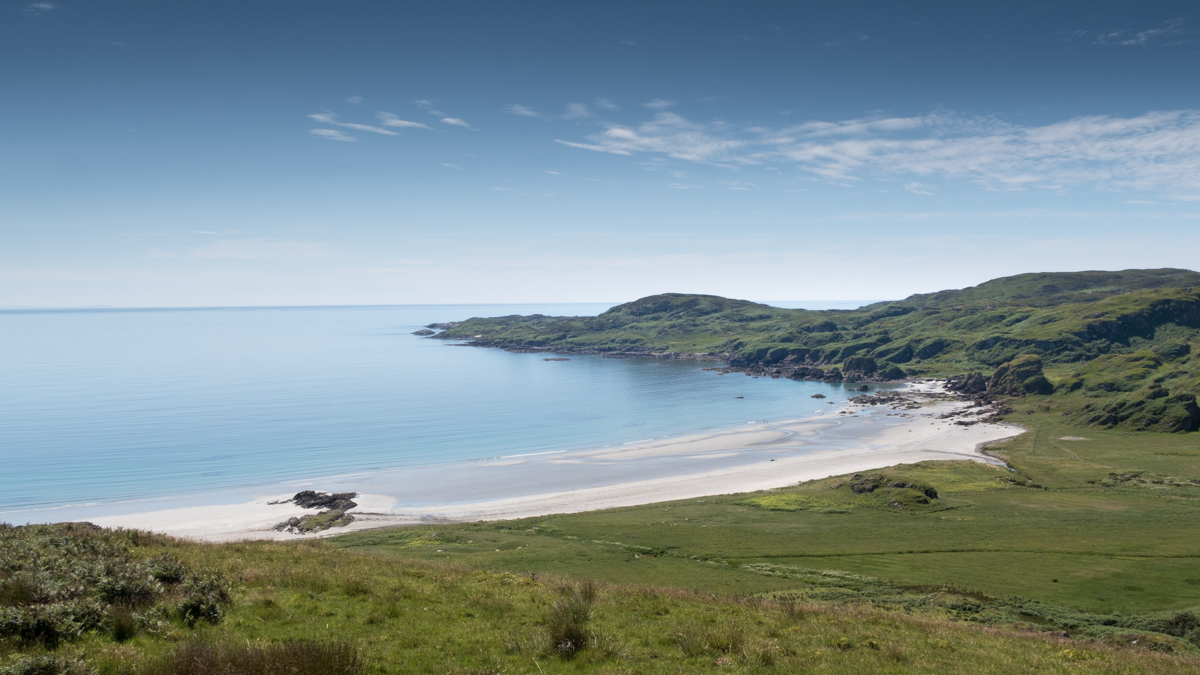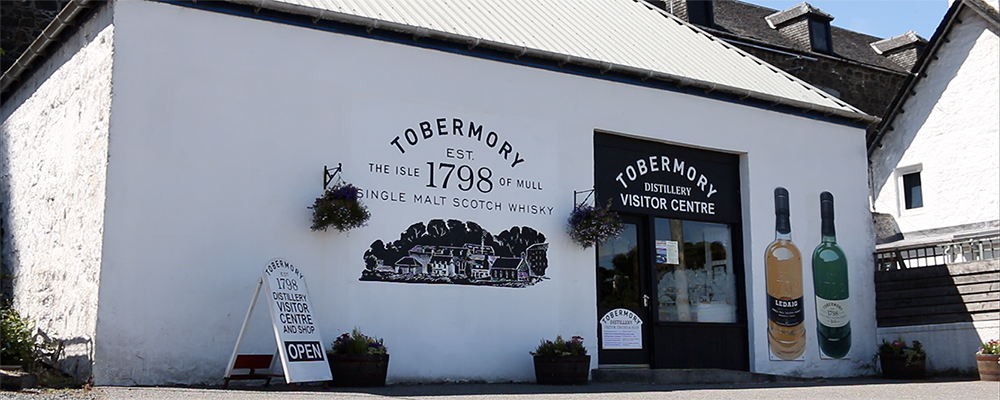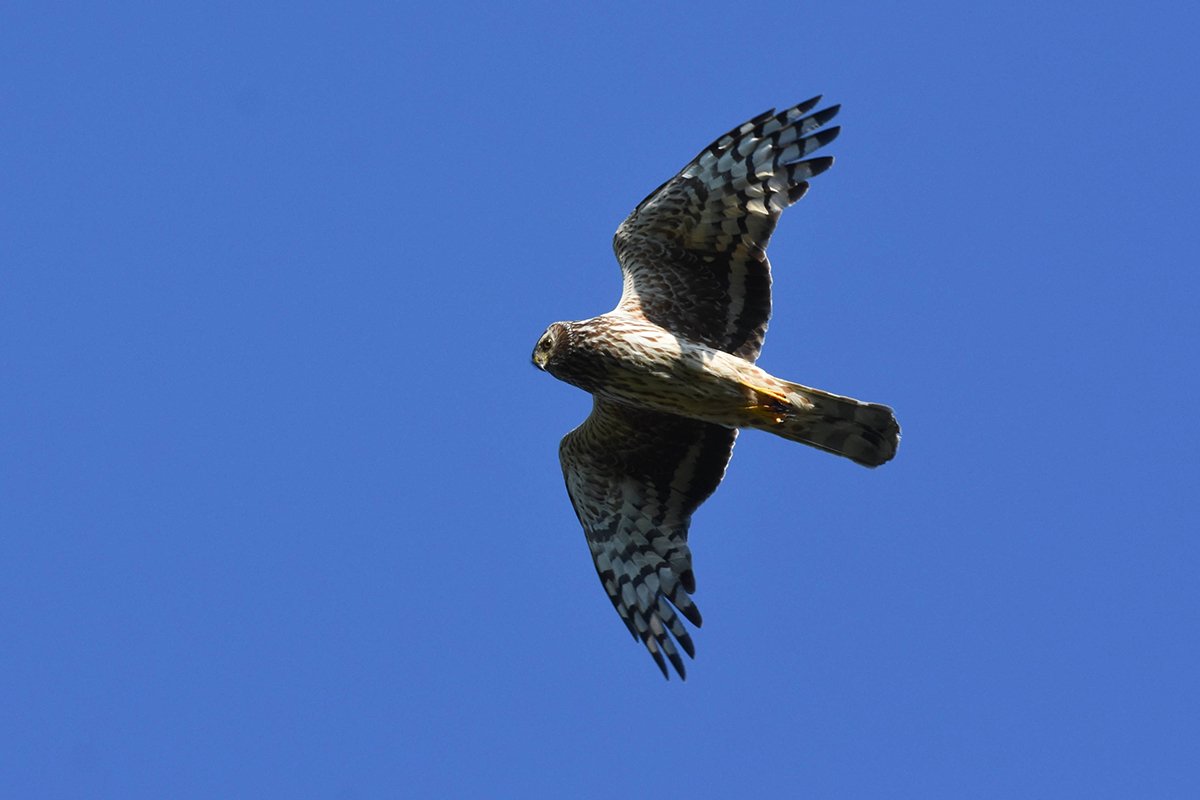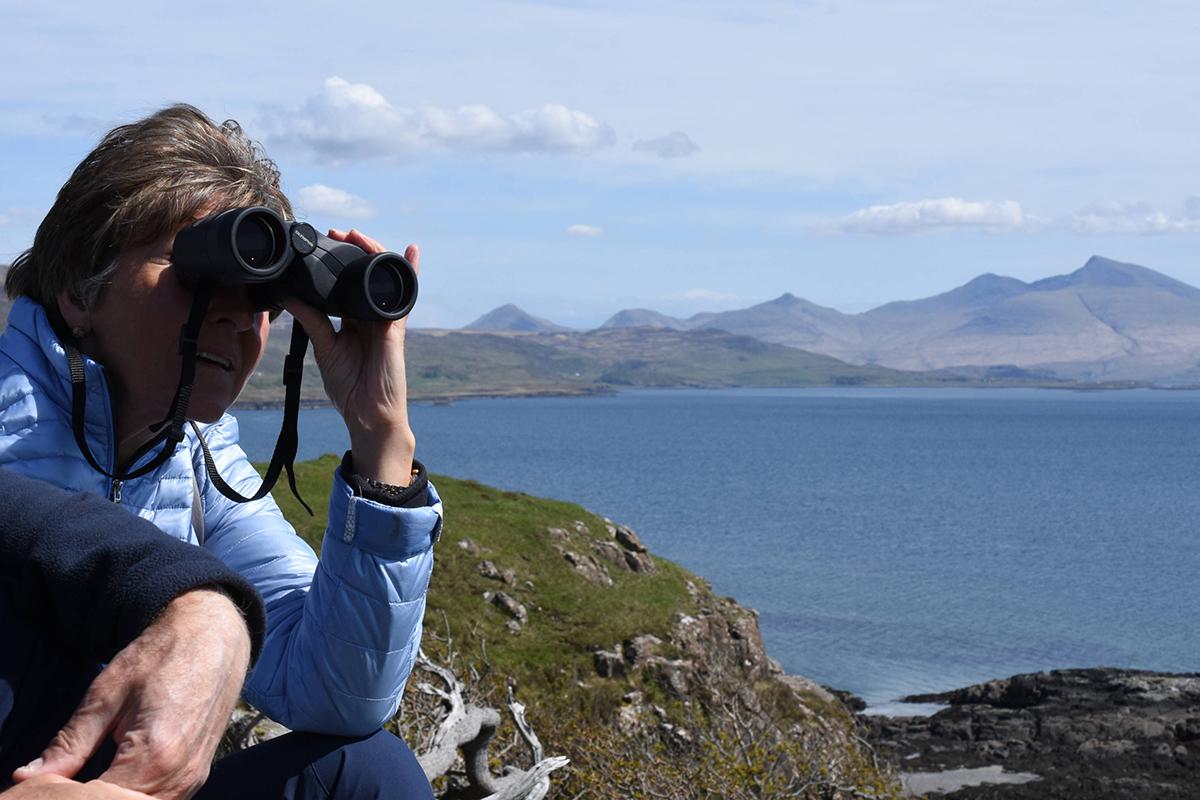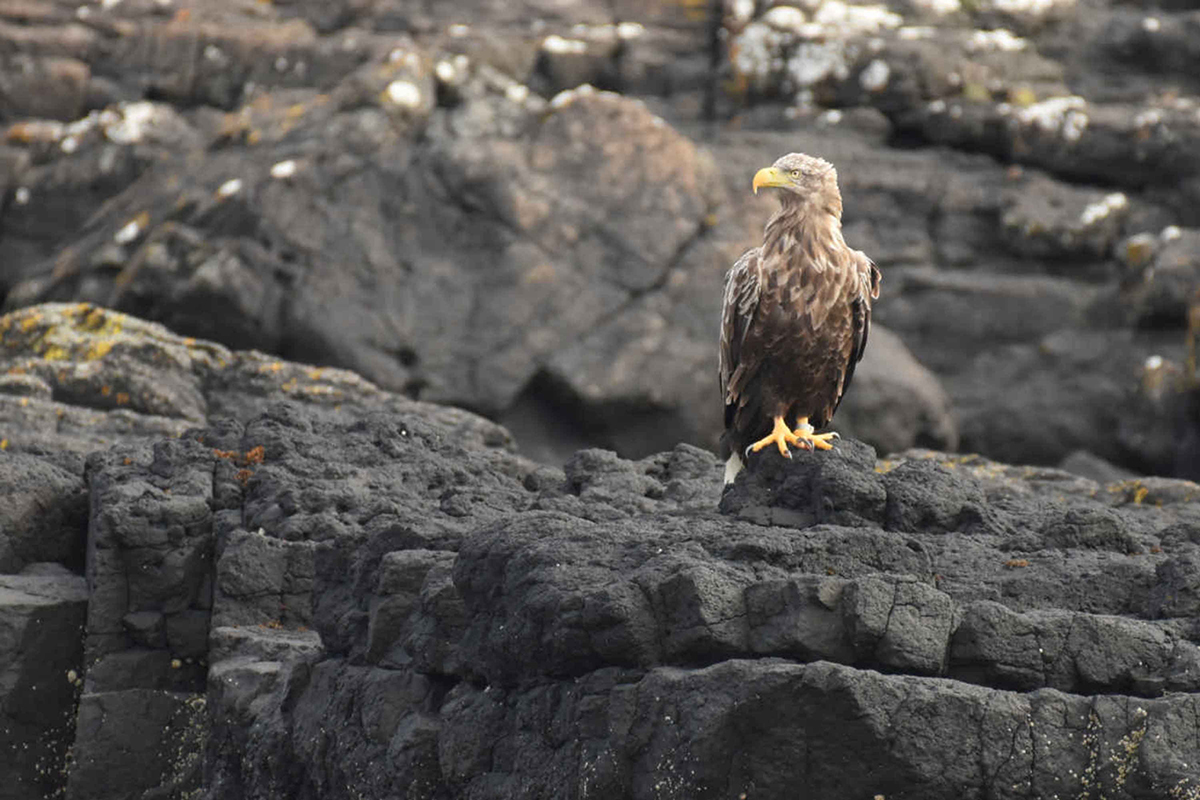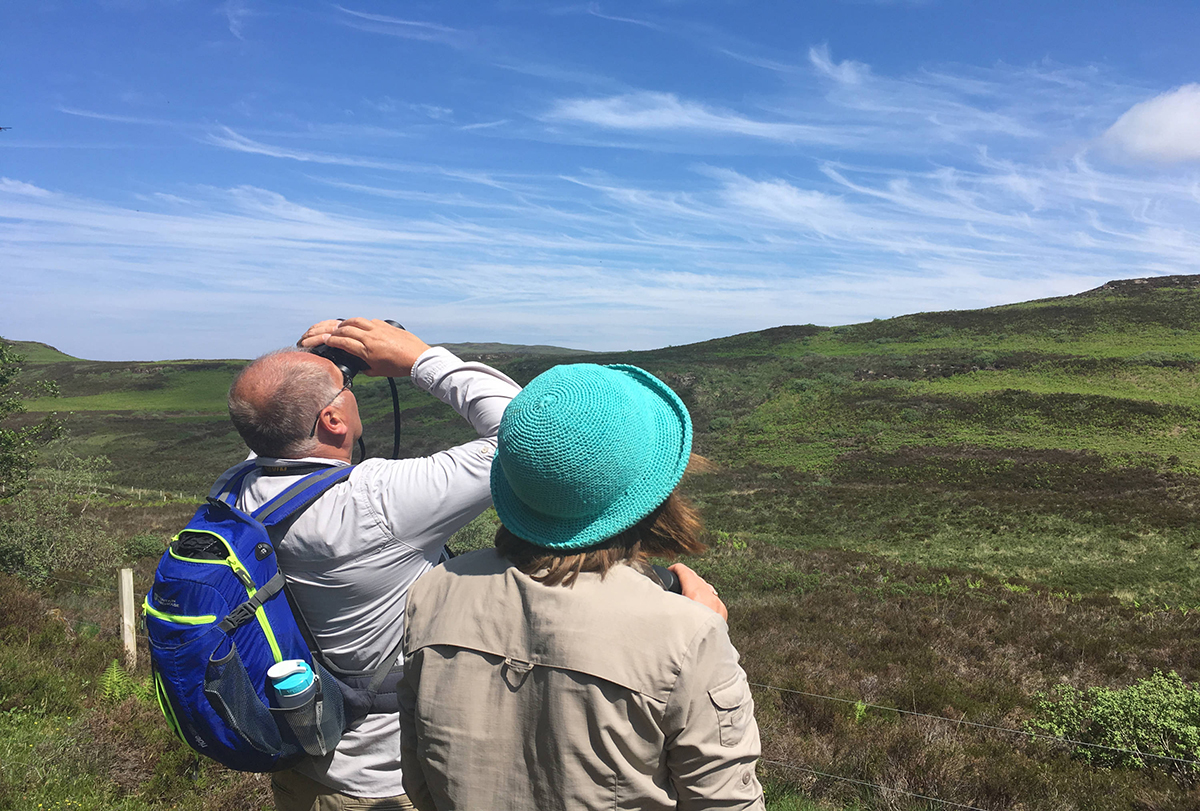6 Ways to Enjoy Mull from the Water
As you disembark the ferry in Craignure and make your way to your holiday cottage of choice, the coast never feels far. Sea views appear at seemingly every turn along many stretches of road, with the water revealing itself as you clear the canopy of woodland or crest the brow of a hill. So, how can you make the most of the waters and wildlife around Mull on your next stay? Read on to find out more about six different Isle of Mull boat trips.
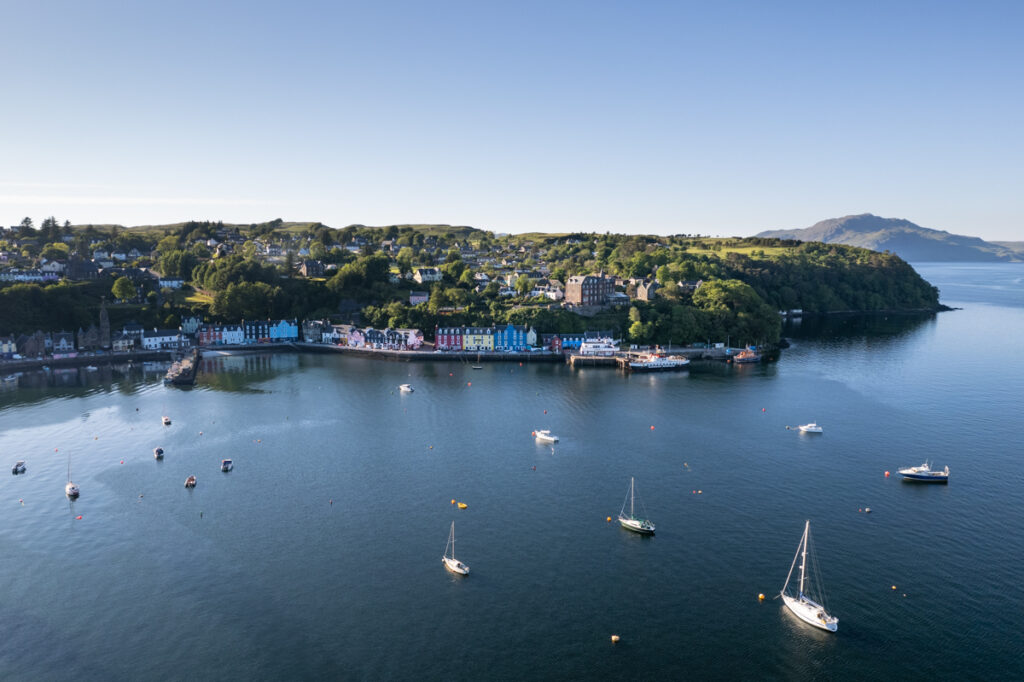
1 Boat around Tobermory Bay
A new addition for the summer of 2022, thanks to Tobermory Bay Tours, guests can hop on board from the Tobermory pontoons and enjoy a beautiful cruise around the bay. Enjoy stunning views back to the colourful harbourfront, pass by waterfalls as they plunge into the sea and get a closer look at Calve Island and the colony of seals, among other wildlife, who call it home.
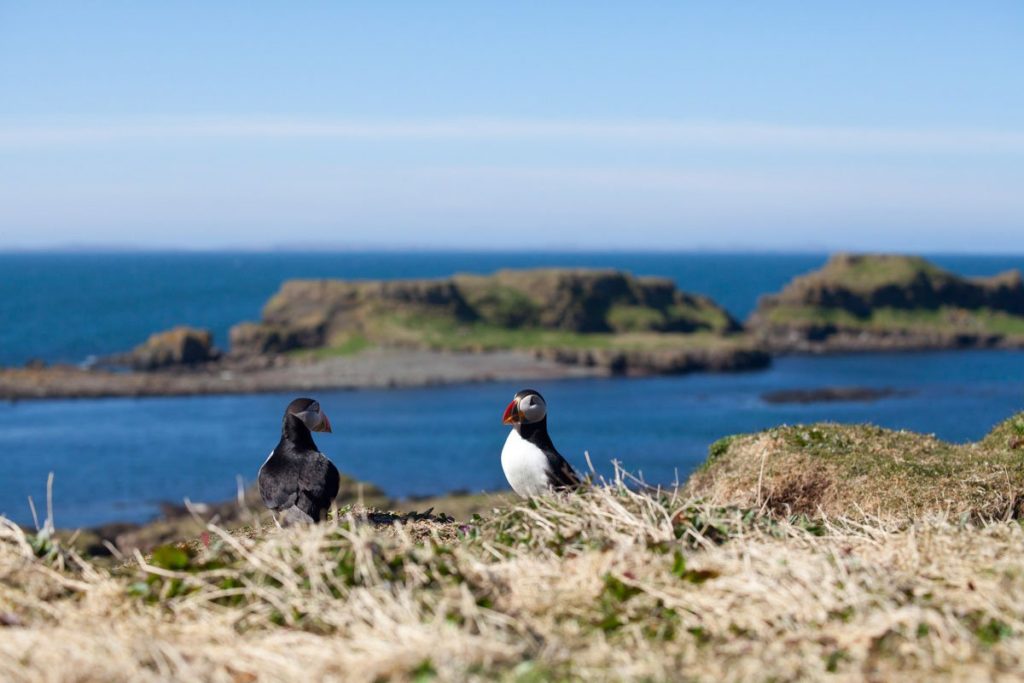
2 Travel to the Treshnish Isles
One of the most popular trips among visitors is to embark on an Isle of Mull boat trip to our outlying Treshnish Isles, visible from the island’s west coast. Take in the iconic contours of Dutchman’s Cap and land on Lunga to experience the archipelago ashore. From mid-April to July, these islands are abuzz with breeding colonies of sea birds, including the perennially popular puffins, who nest in burrows here. Trips depart from the west coast at Ulva Ferry with Turus Mara, or from Tobermory with Staffa Tours.
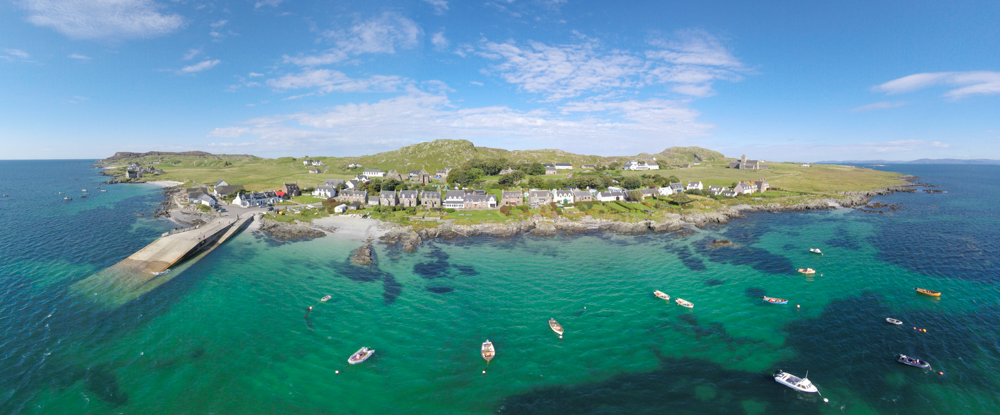
3 Sail for Staffa and Iona
Venture down to the island’s most south westerly village of Fionnphort and yet another adventure awaits for Isle of Mull boat trips. Skip the CalMac passenger ferry and instead embark with Staffa Trips on a voyage that takes in both Staffa, with its basalt columns and Fingal’s Cave, as well as Iona, with beautiful beaches and the historic abbey, before returning you home to Mull.
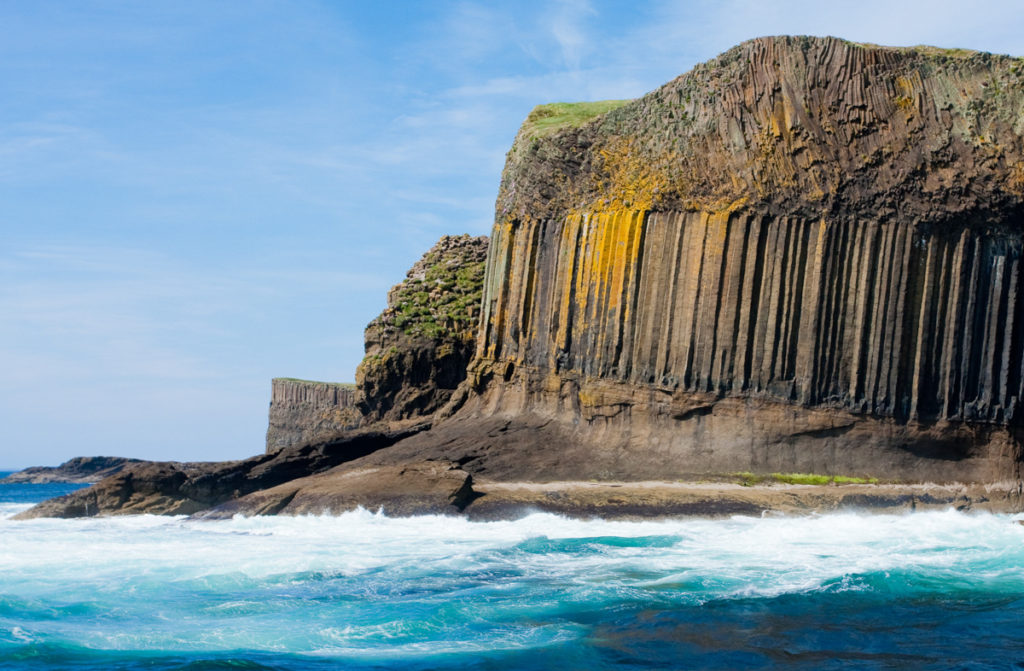
4 Paddle past seals in Salen Bay
Conveniently located in the centre of the island, Salen Bay Hire offers the chance to take to the water in your own time with the hire of kayaks and paddle boards. Paddle around the bay and its charming skerries, enjoy an alternative view of the Salen shipwrecks and almost certainly encounter an inquisitive seal or two.
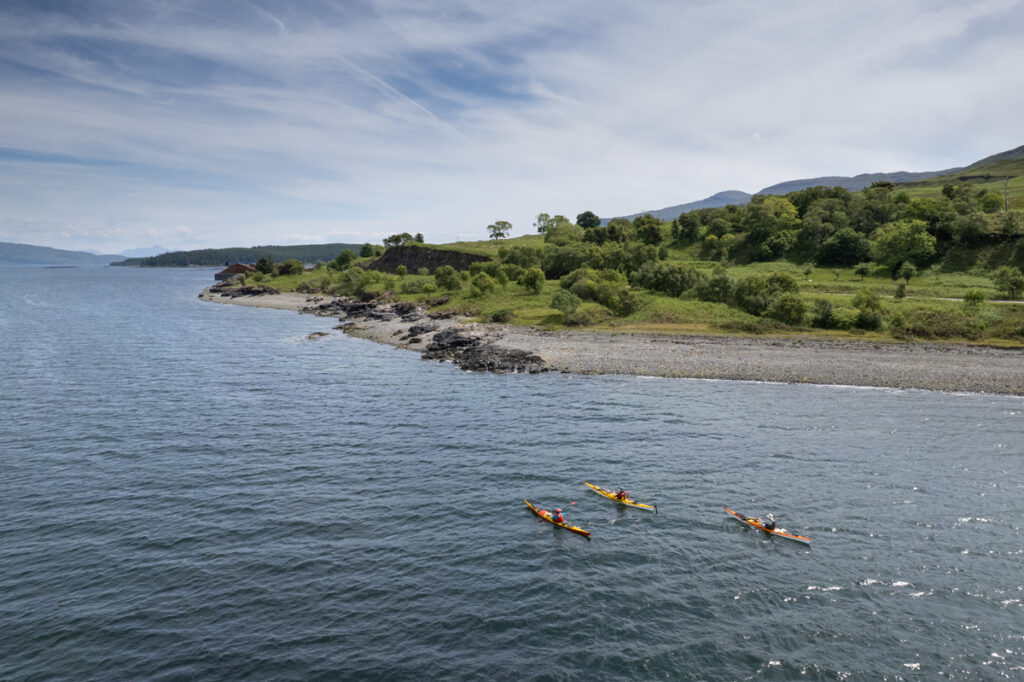
5 Ride the waves on the Ross of Mull
Visitors staying in the island’s south west will find all their appetite for adventure well satisfied with water sports, sea kayaking and sailing at Bendoran Watersports in Ardtun. With the help of an expert guide, spend a half or full day cruising around the coast, visiting little-known sandy coves and admiring the pink granite rock formations that this part of the island is well-known for.
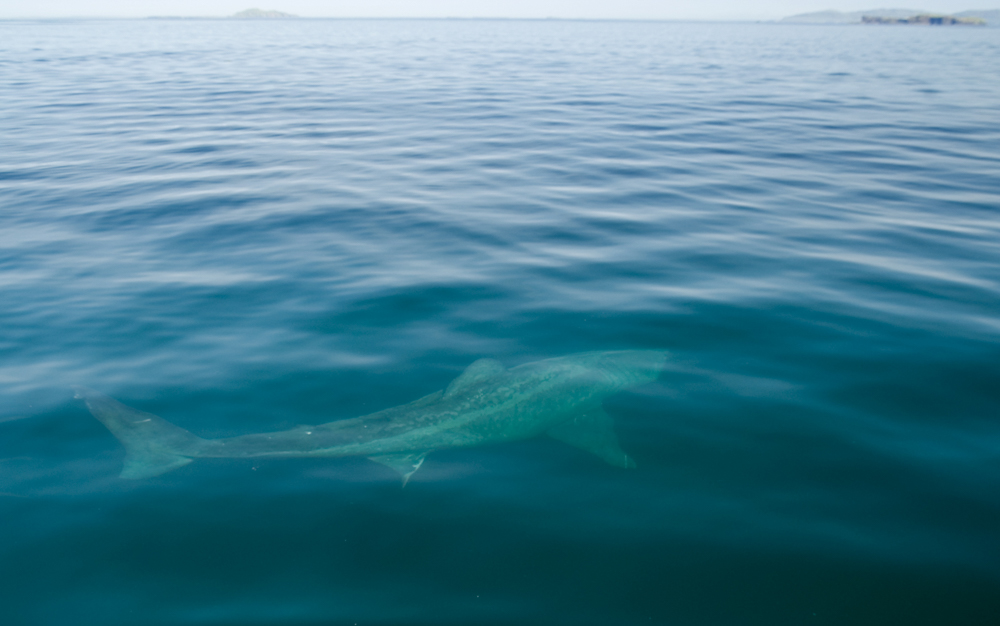
6 Watch for whales from the water
Mull’s waters have been alive this summer with some truly exceptional marine sightings – including on rare occasions orcas! Minke whales, dolphins and porpoise may be more often seen, with the chance for the luckiest visitors to see basking sharks too. Sea Life Mull sail regularly from Tobermory to soak up the sights of the sea.
We hope these Isle of Mull boat trips have given you plenty of inspiration for your next island adventure. Book your cottage and bring your plans together.

